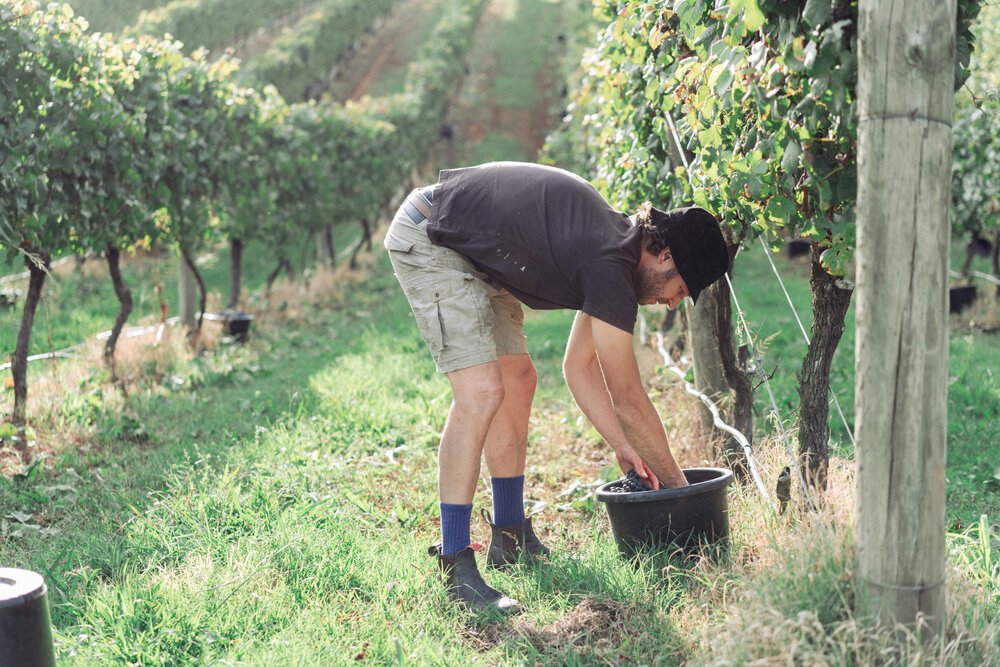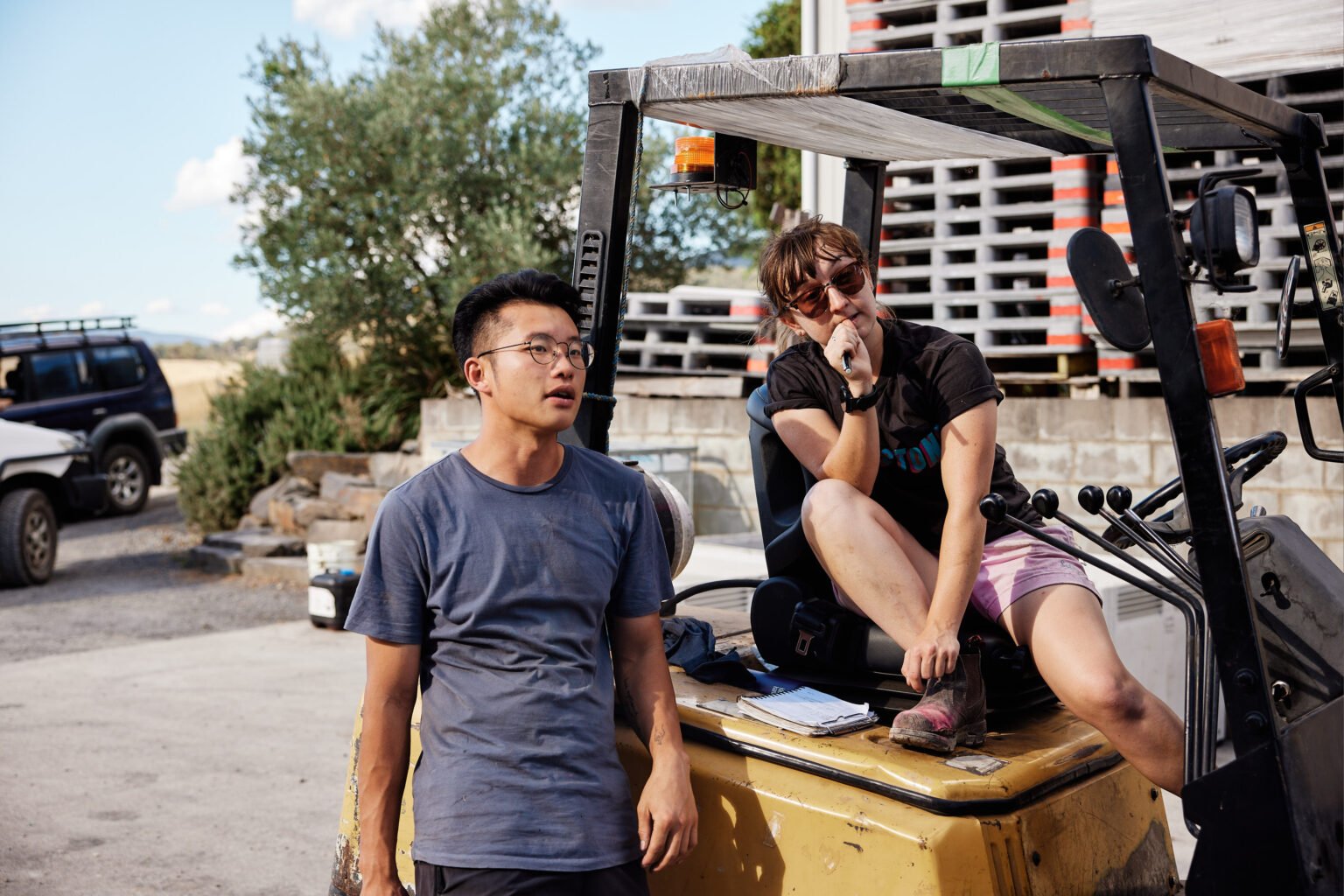Four Reasons Multi-Regional Brands Are Hot
Redefining multi-regionality
Fine wine is synonymous with single vineyards, unique estates and regions. This notion is widely embraced by wine drinkers; it gives them a place and a point in time to go back to and ascertain quality. Now more than ever, winemakers’ search for the perfect expression of terroir, this distinctive sense of place encapsulated in a bottle, is as much a necessity as it is a stylistic approach or ideological stance.
The best examples of terroir-driven wines are found in regions reputed for growing and vinifying certain varieties well, with new-age Australian producers including Italian and Iberian (Spain, Portugal) varieties along classic ones. I looked to two brands, Mac Forbes and Rouleur Wine Co., as examples of a successful multi-regional approach to winemaking with a clear focus on the unique terroirs making up their wines.
In an age of authenticity, Australian winemakers have successfully legitimised their wines on the world market. They’ve achieved this by demonstrating how perfectly the rules that underpin the greatest European wines apply here. In Australia, the concept of multi-regionality is as much a part of the drinking culture as the notion of single vineyard wines is. Brands like Mac Forbes and Rouleur Wine Co. demonstrate the opportunities that arise when those two concepts intersect. Here are four great reasons multi-regional brands stand out as favourites in our book.
Reason 1: Sustainability
There is a strong argument in favour of sourcing fruit from multiple regions to minimise any potential loss of viable fruit to adverse climatic conditions affecting individual regions. Producers can make the most of regional diversity whilst using their winemaking creativity to remain commercially viable whilst finding ways to tackle environmental challenges.
From a commercial perspective, the reliability and flexibility this approach provides, gives Australian winemakers a substantial competitive advantage over Old World counterparts. Most importantly, it gives Australian wine drinkers a chance to play an active role in climate-change-proofing their favourite wines and brands.
We recently caught up with Hannah Hodges of Mac Forbes and discussed the ramifications a challenging 2021 growing season in the Yarra Valley has had on their decision to expand their horizons and source fruit beyond their home region. Though trying, this experience had very positive social, economic, and environmental outcomes, according to her.
More than a contingency plan for her, Hannah explains, “outsourcing” fruit also fostered collaboration with other local producers who were already experimenting with novel varieties, bringing out a sense a community that is so unique to the industry. Indeed, For Hannah and a lot of Yarra producers, the 2022 vintage was particularly testing, as they harvested much lighter bunches (40g as opposed to 80g per bunch on average)
amounting to lower-than-average crops of Chardonnay and Pinot Noir, their varieties of predilection. “Pinot Noir is Yarra Valley’s own, but a focus on quality, however laudable, had to be weighed against the commercial considerations that underpin the brand’s very existence”.
When asked about customer sentiment about “non Yarra” fruit going into their favourite Yarra Valley brand, she observed that Australian customers are naturally attuned to Australia-made wines as a whole, and therefore more inclined to explore new wines made of fruit sourced from different regions, with a Yarra touch. She also noted that this was especially true for the loyal customers.
Prior to that, 2020 bushfires also led many Yarra Valley producers to seek out fruit from unaffected regions. This set motion to new projects, some of which Hannah and her team initiated. The “serious rosé made with a real purpose”, using fruit from various sites across the region to alleviate the environmental pressures at hand, is one of them. It provided vintners with brighter financial prospects and outlets for their fruit.
credit: macforbes.com
Reason 2: Australian heritage
The concept of sourcing grapes from different regions is a time-honoured part of Australian winemaking tradition that dates back to the 1940s. A few examples come to mind that illustrate this perfectly. Ron Haselgrove’s classic Miladara Yellow Label Series reds, Tyrrell’s Vat 8 Shiraz Cabernet, or Hardy’s Eileen Hardy Chardonnay, and of course, Penfolds’ Bin Series red wines, Grange and St Henri.
Matt East of Rouleur Wine Co. has been giving into the McLaren Vale’s irresistible charms since 2015. Today, the Rouleur wines include regional icons like Nero d’Avola, Grenache, Mataro and Shiraz from the McLaren vale, along cool climate varieties like Pinot Noir, Pinot Meunier, Pinot Gris and Chardonnay from the Yarra Valley. As distributors, we’re astonished by the versatility and deep sense of belonging they convey.
Australian producers are adept at the practice. But for producers like Matt, whose ambitions are not full of lofty volumes, it’s about producing wines in their own style, their way. This message echoed through Wine Australia’s recent global brand messaging “Australian wine Made Our Way”, a bold message aimed at reinforcing positive attributes consumers associate with Australian wines, such as authentic, exciting, premium, without equal to mention a few. The Australian wine journey is great one and Matt is enjoying the ride.
Reason 3: Drinkability
For Matt, The Rouleur philosophy is as simple as it is important. He sources exceptional parcels of fruit from quality vineyards and growers in Victoria and South Australia to make wines that are enjoyable. His aim is to capture terroir by not messing with the natural order too much, keeping inputs and additions to a minimum and picking on the earlier side to seek bright acid, freshness and lift without sacrificing flavour. The Rouleur wines are handmade in small batches to deliver his take on the varieties and vineyards he works with. Each wine is a delicious and personal perspective on each vintage.
For Hannah, it’s about making the most of this unique opportunity to learn about the land through the interaction with the grapevines, drawing on the knowledge of the Indigenous communities and growers who’ve lived off and farmed these lands for years.
In both cases, multi-regional wines bring together not only wine regions’ strengths, but also an expression of the winemakers’ own unique style. Ultimately, the inclusion of more than a single regional source of fruit contributes to the complexity and character of the entire range. And not to mention the fact that they simply taste delicious.
Reason 4: Quality
With a growing season punctuated by heavy rains, hail, and wind, which all occurred around the critical flowering time, many experienced poor fruit set across the region. The earlier flowering varieties (i.e. Pinot Noir and Chardonnay) were more negatively impacted than others. As such, the skin to flesh ratio was higher than expected, resulting in concentrated, flavoursome wines. Not a total write-off, after all.
For Matt, there’s never an ‘economic sense’ in buying Yarra Valley Pinot Noir and Chardonnay, his favourite varieties; sky high prices are met with equally as great a demand. He intends to keep an eye out for other varieties from the Yarra Valley while sourcing interesting varieties for the McLaren Vale’s exceptional vineyards. He admits knowing a few other Yarra Valley producers with a multi-regional approach to winemaking; the main reason being that the grapes are better suited.
Vaite Teriierooiterai
Our fine wine ambassador and inhouse wine writer. Born and raised in French Polynesia, Vai’s journey led her to South Australia 8 years ago, where she earned a Masters of Wine Business and made a life of fine Australian wine and food for herself. Whilst thriving in a diversity of customer-centric roles, Vai has grown strong roots in the local wine trade. When she is not catching up with friends and soaking up the exhilarating atmosphere of Adelaide’s booming wine bars and restaurants, Vai’s world revolves around learning about the intricacies of wine in preparation for her Wine and Spirit Education Trust (WSET) Diploma.




